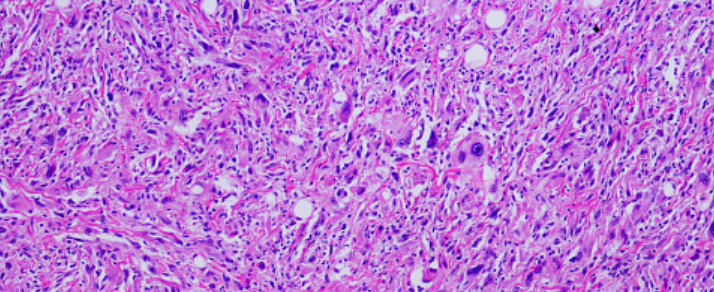Photo Credit: Adobe
The following is a summary of “Updated results of 3,050 non-melanoma skin cancer (NMSC) lesions in 1725 patients treated with high resolution dermal ultrasound-guided superficial radiotherapy, a multi-institutional study,” published in the March 2025 issue of the BMC Cancer by Moloney et al.
Image-guided superficial radiation therapy (IGSRT), utilizing high-resolution dermal ultrasound, is emerging as a highly effective, non-surgical treatment modality for non-melanoma skin cancer (NMSC). Previous multi-institutional research involving 1,616 patients and 2,917 NMSC lesions demonstrated an impressive local control (LC) rate of 99.3% with a mean follow-up of 16.06 months. In this study, researchers extend the analysis by incorporating an additional 133 lesions from 93 patients while updating prior findings with a longer follow-up duration. A retrospective evaluation was conducted on 1,709 patients diagnosed with Stage 0, I, and II NMSC, encompassing a total of 3,050 lesions treated with IGSRT between 2017 and 2020. The treatment protocol involved image-guided delivery of 50, 70, or 100 kilovoltage (kV) IGSRT, with lesions receiving a median of 20 fractions.
The updated mean follow-up period extended to 25.1 months, with a maximum follow-up of 65.6 months. Among the cohort, 68 patients had passed away due to causes unrelated to NMSC, and all had achieved no evidence of disease (NED) at their last recorded follow-up, resulting in a disease-specific survival rate of 100% and an overall survival rate of 96%. Absolute LC was observed in 3,027 of 3,050 lesions, yielding an overall LC rate of 99.2%. Subgroup analysis by histologic subtype confirmed LC rates of 99.0% for basal cell carcinoma (BCC), 99.2% for squamous cell carcinoma (SCC), and 99.8% for SCC in situ (SCC-is). Furthermore, as of January 2022, no additional late complications were reported.
These findings reinforce the long-term efficacy and safety of IGSRT, demonstrating its capacity to achieve durable tumor control with minimal treatment-related morbidity. The continued success of IGSRT supports its role as a first-line therapeutic alternative to surgical interventions for the management of NMSC, offering a non-invasive approach with high local control rates and excellent patient outcomes. This study further highlights the potential for broader clinical adoption of IGSRT, providing a compelling rationale for its integration into standard oncologic practice for select patient populations.
Source: bmccancer.biomedcentral.com/articles/10.1186/s12885-025-13864-z













Create Post
Twitter/X Preview
Logout